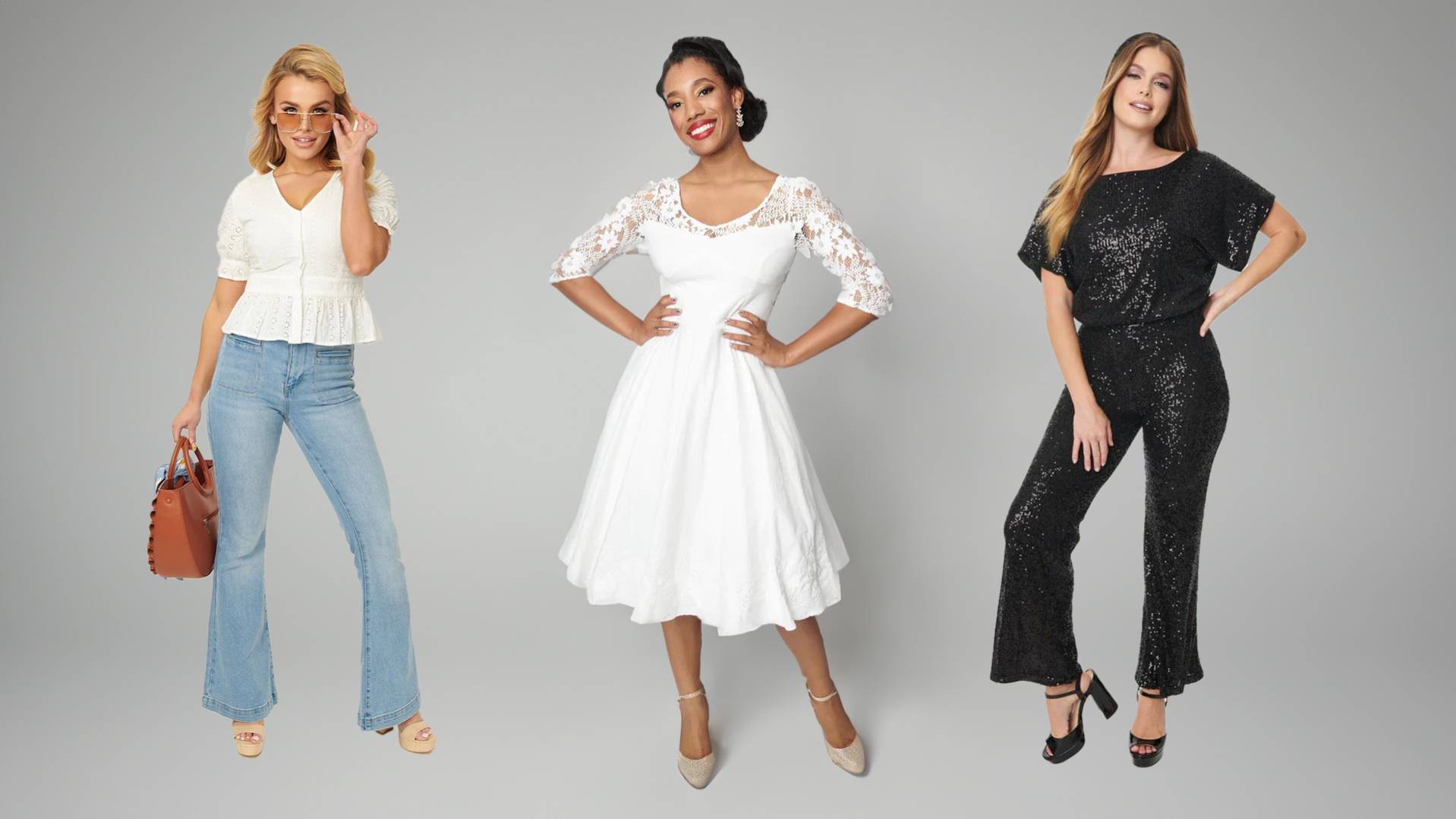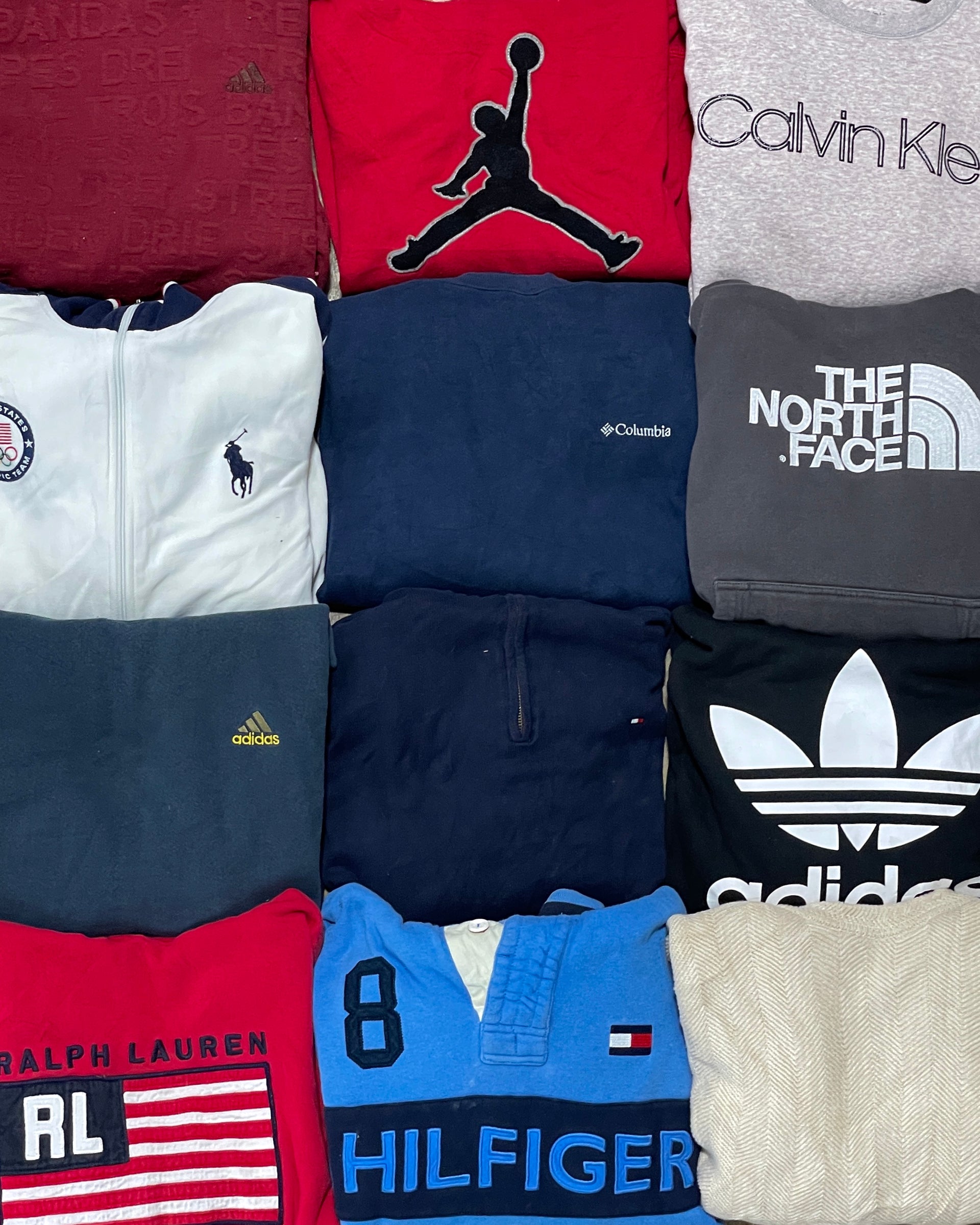Recognizing Clothes: The Value of Fabric Choices in Your Wardrobe
The choice of fabric in apparel plays a pivotal duty in both looks and capability. Different products offer varying degrees of breathability, comfort, and toughness, directly influencing the wearer's experience. Recognizing these nuances can improve one's closet considerably. Yet, several overlook how these choices can influence not simply personal design, however additionally sustainability. What material choices could redefine your wardrobe and align it with both style and obligation?
The Role of Fabric in Fashion and Capability

Typical Material Kinds and Their Attributes
When picking clothing, comprehending the qualities of typical material types is essential for making educated selections. Cotton, a widely-used natural fiber, is known for its gentleness, adaptability, and breathability, making it appropriate for informal wear and everyday garments. Bed linen, one more natural alternative, boasts superb moisture-wicking properties and a distinct appearance, ideal for warm climates.Wool, commonly preferred for its heat and resilience, differs in excellence; merino wool is soft against the skin, while coarser types are made use of for outerwear. Synthetic textiles like polyester and nylon supply durability and resistance to creases, making them popular for activewear and travel garments. Lastly, blends, which integrate synthetic and natural fibers, can boost functionality while preserving convenience. By identifying these material qualities, people can select clothing that straightens with their lifestyle and visual choices.
Breathability and Convenience: Selecting the Right Fabrics for Different Environments
Picking the ideal fabrics for numerous climates can significantly boost convenience and overall wearability. Breathable materials are essential in hot climates, as they permit air flow and moisture dissipation. Fabrics such as cotton, linen, and moisture-wicking synthetics efficiently draw sweat away from the body, maintaining the user cool and dry. On the other hand, in chillier environments, thicker materials like woollen or fleece offer insulation while retaining breathability, making sure warmth without overheating.Additionally, the option of material weight plays a vital duty; light-weight materials are more suitable for summer season, whereas larger choices are matched for winter months wear. Understanding the unique residential or commercial properties of each material allows individuals to dress appropriately for differing weather condition conditions. Inevitably, choosing breathable and comfy textiles customized to certain climates can significantly improve everyday comfort and boost the total experience of putting on clothing.
Sturdiness and Treatment: Exactly How Textile Affects Durability of Your Wardrobe
Choosing the best materials can greatly impact the toughness and treatment needs of a wardrobe. Fabrics such as cotton and polyester are understood for their durability and ease of maintenance, making them optimal for daily wear. On the other hand, fragile products like silk and shoelace call for even more mindful handling and specialized cleansing techniques, which can boost the moment and effort required for care. Branded Clothing.Durability is additionally influenced by the material's weave and coating; snugly woven textiles tend to stand up to wear and tear better than freely woven options. In addition, artificial blends usually give boosted resilience, combining the finest top qualities of numerous fibers.Understanding the treatment directions for each and every material is vital, as inappropriate cleaning or drying out can bring about early wear. Eventually, selecting sturdy products can lead to a longer-lasting wardrobe, decreasing the regularity of replacements and adding to a more lasting style option
The Influence of Material on Fit and Shape

Sustainable Textile Selections: Making Eco-Friendly Choices
The influence of material extends beyond fit and shape to include ecological elements, triggering a growing passion in lasting fabric selections. Green fabrics, such as natural cotton, hemp, and Tencel, are gaining grip amongst consumers that prioritize sustainability in their wardrobes. These materials are usually created with fewer chemicals and water, reducing their environmental footprint.Additionally, recycled fabrics, made from post-consumer waste, offer a cutting-edge remedy to the textile industry's contamination issue. Brands progressively welcome openness in their sourcing methods, permitting consumers to make informed choices concerning their purchases.Choosing sustainable textiles not only supports moral methods yet likewise urges the style market to take on even more accountable manufacturing approaches. As recognition of ecological concerns rises, people are urged to mirror on the long-term impact of their material choices, cultivating a movement in the direction of a more lasting and ecologically mindful method to fashion.
Boosting Design: How Textile Can Change a Clothing
While several may concentrate on shade and cut when choosing an outfit, the option of textile plays a crucial role in boosting design and boosting overall look. Various products communicate unique moods and messages; as an example, silk exudes high-end and class, while jeans supplies an informal, loosened up ambiance. The texture and drape of a fabric can dramatically change the silhouette, with structured textiles giving a polished appearance and softer ones producing a more fluid, relaxed aesthetic.Moreover, the weight of the fabric influences wearability across periods. Lightweight textiles like bed linen and cotton are optimal for summertime, while much heavier products such as woollen and velour provide warmth and elegance in cooler months. Recognizing fabric homes, such as breathability and stretch, also empowers individuals to make educated options that boost convenience without jeopardizing design. Ultimately, the best material can transform a clothing from normal to phenomenal, making it an essential factor to consider in any wardrobe.
Regularly Asked Inquiries
Just how Do I Determine the Textile Material of My Garments?
To determine textile content, one can take a look at care labels, conduct shed tests for fiber recognition, or speak with fabric examples. These approaches aid set apart materials, ensuring notified options for clothing treatment and maintenance in daily wear.
Can Fabric Option Affect My Mood or Self-confidence?
Fabric selection can significantly impact an individual's mood and self-confidence. Branded Clothing. Specific products may stimulate sensations of comfort or style, while others can feel restrictive or uncomplimentary, inevitably affecting self-perception and psychological health throughout the day
What Fabrics Are Finest for Delicate Skin?
For individuals with sensitive skin, check it out natural materials like cotton, linen, and bamboo are commonly suggested. These products are breathable, hypoallergenic, and much less most likely to cause inflammation, making them appropriate options for comfort and skin health and wellness.
How Do I Effectively Laundry and Care for Various Fabrics?
To effectively care and clean for different textiles, one have to think about each material's details requirements, including temperature level settings, detergents, and drying out techniques, making sure durability and maintaining the fabric's initial qualities for ideal usage.
Are There Particular Fabrics for Athletic or Efficiency Use?
Athletic or efficiency wear commonly utilizes materials such as polyester, nylon, and spandex. These products are created for moisture-wicking, breathability, and flexibility, improving motion and comfort during exercises while supplying durability and support. On the other hand, in colder environments, thicker textiles like wool or fleece provide insulation while keeping breathability, making sure warmth without overheating.Additionally, the option of fabric weight plays an important function; light-weight fabrics are better for summer season, whereas larger choices are suited for winter wear. In comparison, fragile materials like silk and shoelace look at here require more mindful handling and specialized cleaning methods, which can raise the time and effort needed for care.Durability is additionally affected by the textile's weave and finish; snugly woven textiles often tend to stand up to wear and tear much better than loosely woven choices. In contrast, rigid fabrics can restrict movement however give a traditional, refined look.Moreover, the thickness and texture of the textile can affect the aesthetic understanding of body shape. The effect of fabric prolongs beyond fit and silhouette to incorporate environmental elements, motivating an expanding passion in see post lasting material selections. The texture and drape of a textile can significantly alter the silhouette, with organized fabrics giving a refined appearance and softer ones creating a much more fluid, loosened up aesthetic.Moreover, the weight of the textile affects wearability across seasons.